South Florida gardening doesn’t have to be a chore. In fast, you can produce tons of food with very little work, once you know the tricks of working with the sand and the climate.
In my latest video, you’ll see what I mean – and after the video, I’ll share more thoughts on South Florida gardening success.
Two of the very best things you can do to ensure South Florida gardening success are:
South Florida Gardening Success NUMERO UNO: Compost All Organic Material
Throw things on the ground. Keep all your grass clipping, hedge prunings, felled trees, dead iguanas, etc., and throw them back around your plants or tuck them into corners of the yard to break down.
Florida sand turns into beach dunes if it’s uncovered. Keep the ground covered! It makes a big difference, and the decay of organic material happens at a startling rate. Your mulch and sticks and banana peels and palm fronds will turn into rich humus at rapid clip.
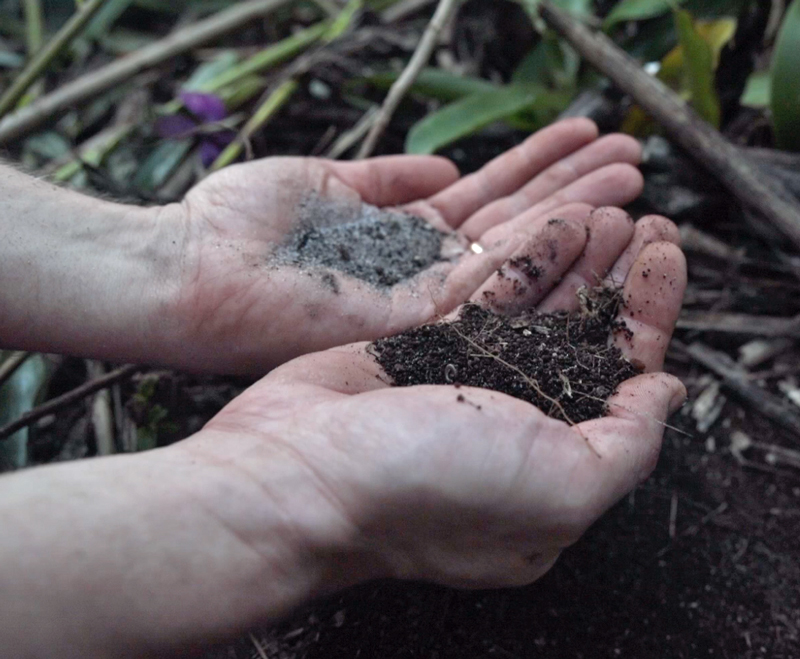
On the left, the original “soil.” On the right, rich humus from rotting sticks in the food forest.
The downside of this is that your applications of material must be repeated regularly. Fortunately, you have neighbors in South Florida that don’t appreciate the finer things in life and throw all their yard “waste” into bins which they then roll out to the road.
Loot them and prosper.
South Florida Gardening Success NUMERO DOS: Grow Perennials
Compared to annual gardening, trees, shrubs and perennial vegetables and vines are generally easier to maintain in a South Florida garden, and certainly take much less work over the course of a year.
If you plant a mango tree and take some care of it in the first year, it will live and grow and take care of itself for decades into the future. If you plant katuk, chaya, true yams, Natal plum, jabuticaba, bananas, acerola cherry and other tropical perennials, they just live. And they do much better than your Northern-adapted annual vegetables, like cabbages, beets, tomatoes, etc. This is really key! You need to plant the plants that love South Florida.
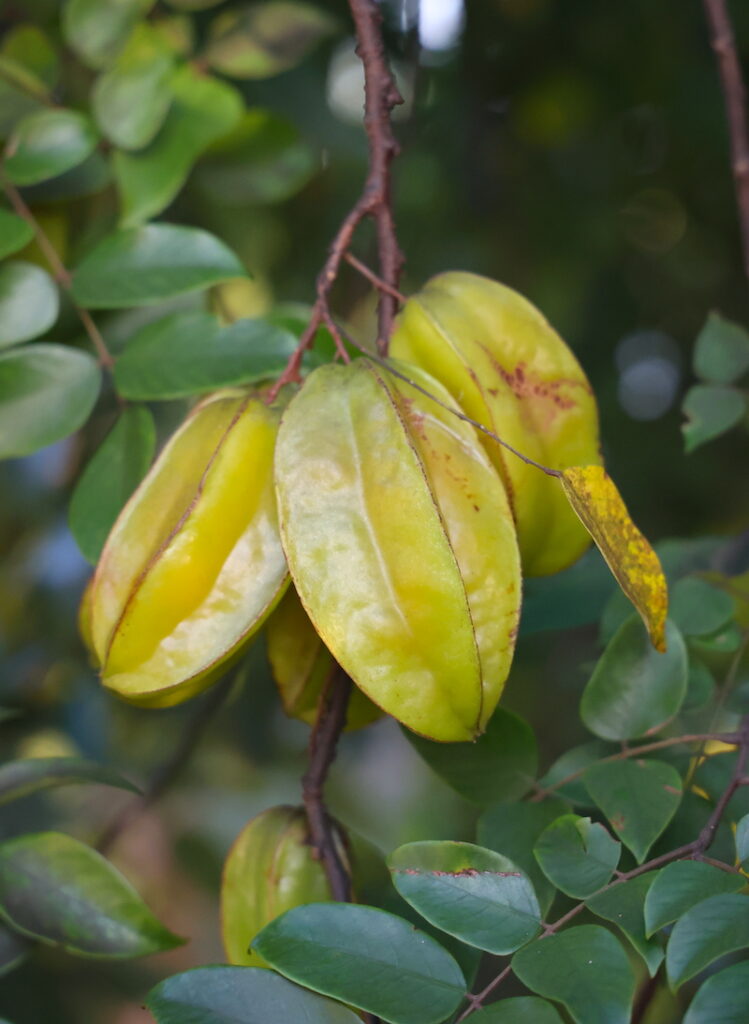
Starfruit are easy to grow and provide years of abundant, sweet-tart harvests.
An additional benefit of focusing on perennial crops is that the soil only requires disturbance when they are planted, and not afterwards. Once you plant, mulch with whatever you can find, then keep the plants watered until they are established. Throwing various organic materials on the ground around the plants feeds them decently, though if you want lusher and faster growth, add some fertilizer to your irrigation water.
Final Thoughts
As i share in the video, just those two South Florida gardening hacks make a big, big difference. Recycle all your organic matter back into the ground and grow perennials. You get the benefit of no-till gardening, plus your backyard is a compost pile that feed the plants forever, plus you’re growing what wants to grow in South Florida!
We’ve done it for years with great success. Very few hours of work go into the South Florida food forest project you see in that video, yet it makes – literally – tons of food.
You can do it too.
More Resources on South Florida Gardening (and the rest of the state!):
If you’re interested in learning more about how to garden in South Florida and the rest of the sunshine state, my books will help. Just read the reviews! Many thousands of successful gardens have been planted over the years because of these four Florida gardening books.
Learn the secret to successful Florida gardening in Totally Crazy Easy Florida Gardening: The Secret to Growing Piles of Food in the Sunshine State
Turn your tropical backyard into a food-filled paradise with The South Florida Gardening Survival Guide
Grow a fantastic forest of food, filled with life and health with Create Your Own Florida Food Forest (2nd Edition)
And feed yourself no matter what happens in the economy with Florida Survival Gardening
Thanks for reading.
-David The Good

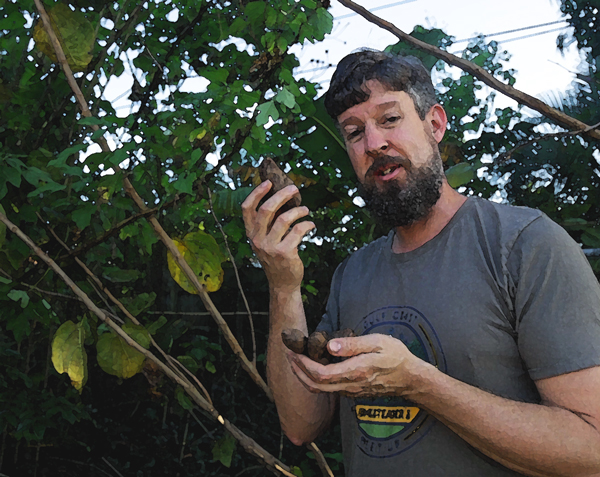
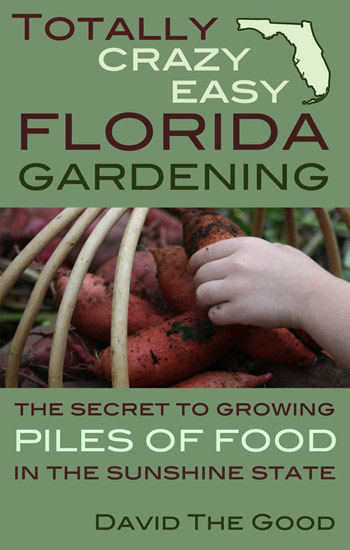
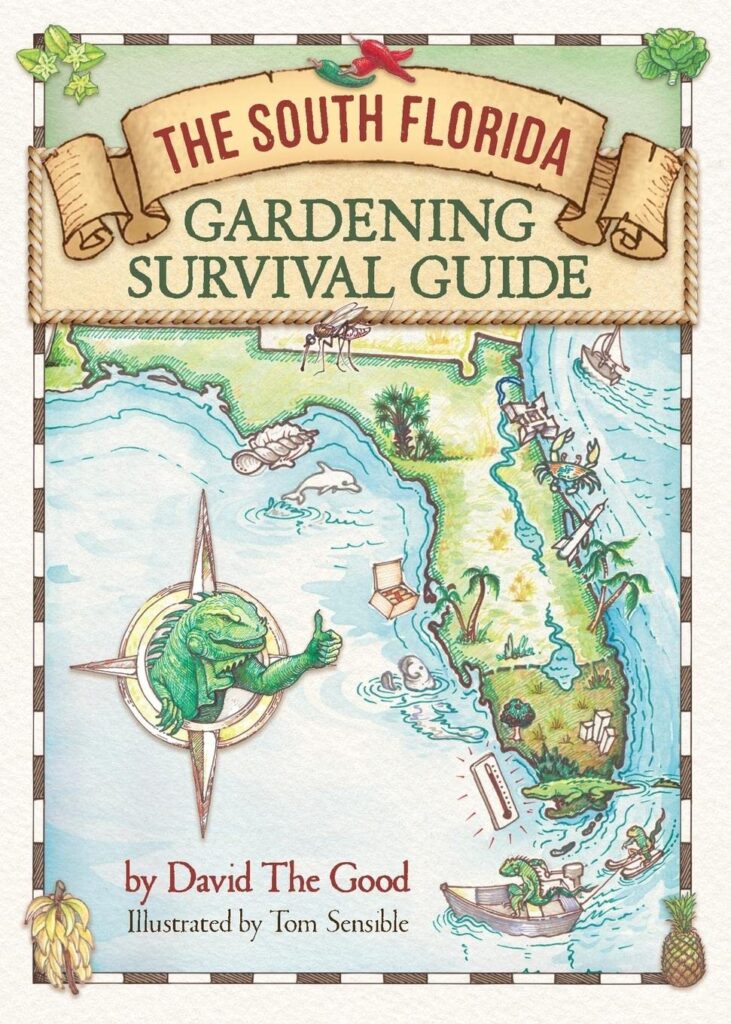
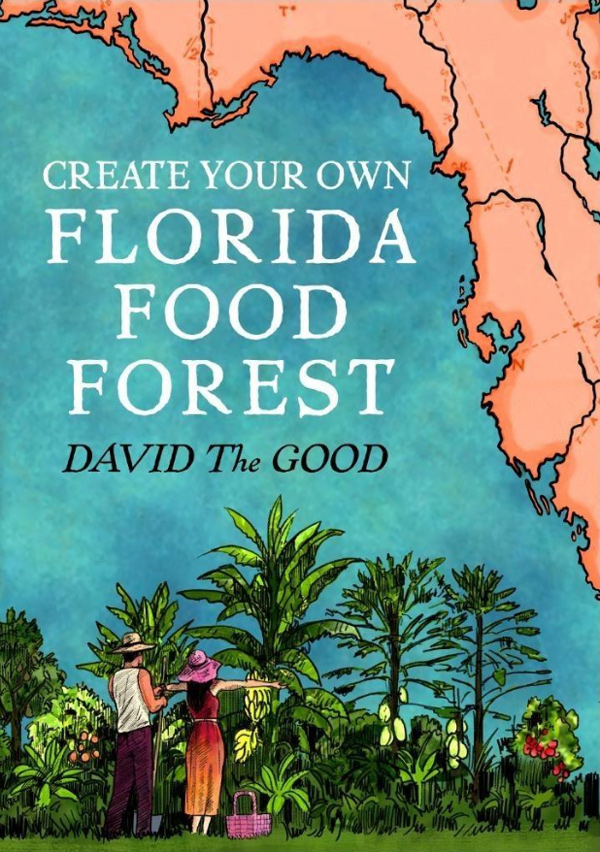
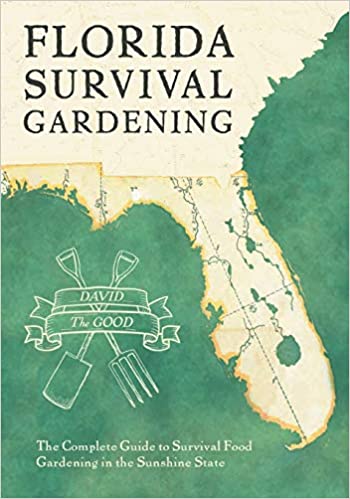
3 comments
What can be done to get rid of root knot nematodes in the Central Florida soil? If they have already decimated your raised bed, what’s the next step? Btw…I really like your videos. They have become my late night edutainment!
Thank you. Good question. Lots and lots of organic matter. Mulch, too. Plus, plant plants that are resistant, like cassava, yams and chaya.
We also planted a bunch of mustards and tilled them under. We’ve heard that helps.
Comments are closed.